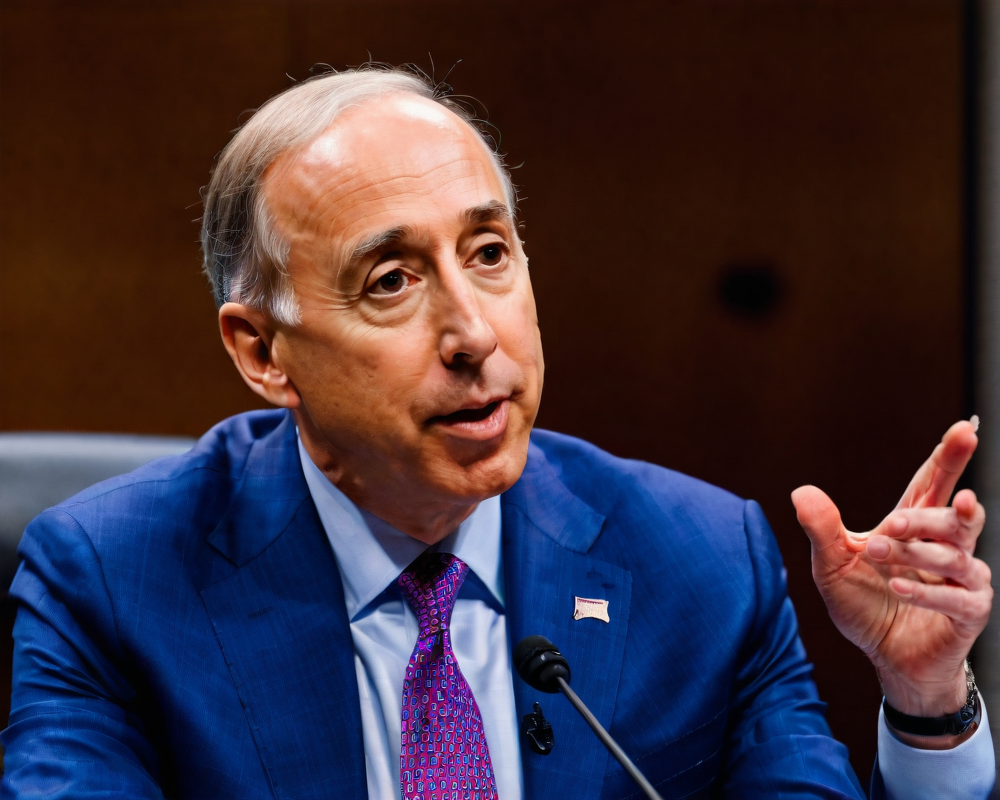Understanding Multisig Contracts
Multisignature (multisig) contracts are a digital safety net that requires multiple signatures to authorize a transaction, akin to needing a group of friends to agree before stealing the last slice of pizza. However, what happens when two of those friends suddenly forget to lock the pizza box, leaving it vulnerable? This is precisely the risk that was recently spotlighted by the Horizon Bridge exploit, which cost crypto enthusiasts around $100 million.
The Flaw in Security Measures
Derek Yoo, founder of the Moonbeam blockchain, aired his concerns about the vulnerabilities within the multisig framework. It’s one of those classic “one small slipup” situations that can lead entire ecosystems of cryptocurrencies into peril. Yoo argues that while the multichain ecosystem continues to grow, there’s a pressing need for robust security measures. With assets being shuffled from one chain to another through token bridges, relying on multisig contracts feels more precarious than ever.
The Costs of Compromise
Yoo doesn’t shy away from suggesting innovative ideas to address the security gaps. He proposes a more secure alternative, like utilizing a separate proof-of-stake (PoS) network for token transfers. Imagine racing your friends to the rollercoaster – the more secure the path, the fewer chances of falling flat on your face (or your crypto wallet). Though, as with all things drawn from fantasy, this would imply some level of compromise from those developers who wish to connect with highly active chains.
Breaking Down Trust Issues
Alongside Yoo, Evan Shapiro from the Mina Foundation echoes similar sentiments. He warned that the multichain ecosystem often leans too heavily on trusted third-party custodians for bridges. His vision? A world where blockchains verify each other without needing a middleman, much like a reality TV show where housemates vote directly and not via a series of confusing processes. However, Shapiro candidly recognizes that this kind of efficiency might be less like reality and more like an unrealistic plot twist.
A Possible Solution: Zero-Knowledge Proofs
Shapiro proposes zero-knowledge proofs as the golden ticket to solving this dilemma. Imagine being able to compress and verify data without exposing every secret – it’s like showing someone a photo of your trip without revealing each embarrassing moment. These proofs could be the answer to bridging tokens more securely, eliminating the overwhelming reliance on human trust that currently looms over the multichain landscape.
“This is not about the development of the code,” Shapiro noted. “It speaks to the risks of custodial bridges.”
So, as the multichain universe expands, crypto enthusiasts must reconsider how they manage their digital assets. Instead of sticking to traditional multisig solutions, embracing advancements in technology like PoS networks and zero-knowledge proofs could mean the difference between securely crossing the bridge or tumbling right into the river of digital chaos.



